If Masterchef Australia is anything to go by, the Aussies take their food seriously. Australia also has the most unique flora and fauna in the world. This lends itself wonderfully to their food too – whether it’s unusual meats like crocodile or kangaroo, or even something as common as biscuits, the Australian cuisine is very distinct from anything you may have tasted. So if you are planning a trip there, donot miss the chance to experience these unique dishes:
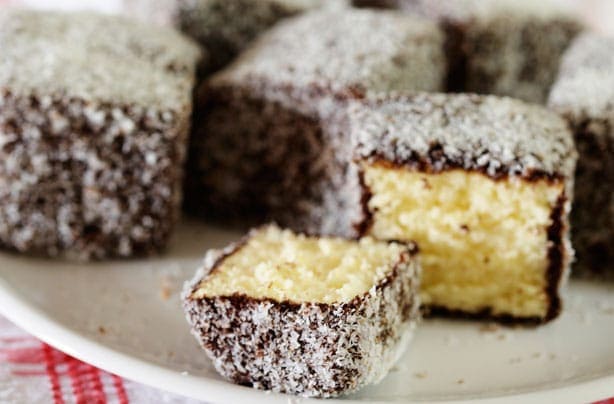 Lamington cake: A cultural icon, the Lamington, a sweet sponge with a jam filling, even has a national day devoted to it. Named after its creator Lord Lamington, it’s dipped in chocolate and coated in coconut. Need we say more!
Lamington cake: A cultural icon, the Lamington, a sweet sponge with a jam filling, even has a national day devoted to it. Named after its creator Lord Lamington, it’s dipped in chocolate and coated in coconut. Need we say more!
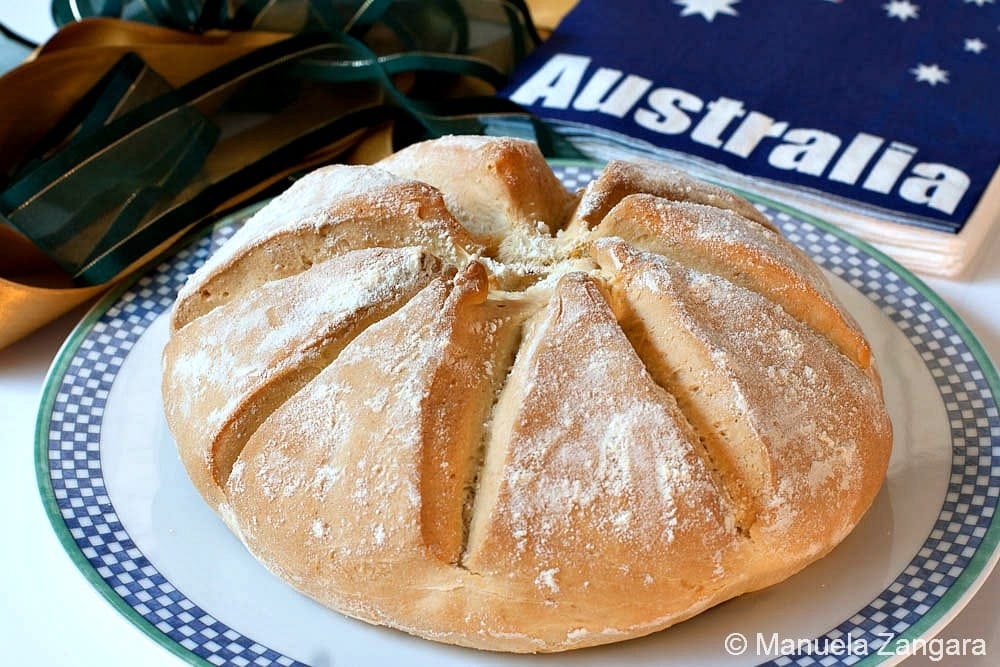 Damper: This iconic, cheap and traditional Australian food was the staple of road workers in days gone by. The simplest of recipes, the soda bread is made from wheat flour, water and a pinch of salt, then baked in the coals of a campfire and paired nicely with billy tea or a swig of rum.
Damper: This iconic, cheap and traditional Australian food was the staple of road workers in days gone by. The simplest of recipes, the soda bread is made from wheat flour, water and a pinch of salt, then baked in the coals of a campfire and paired nicely with billy tea or a swig of rum.
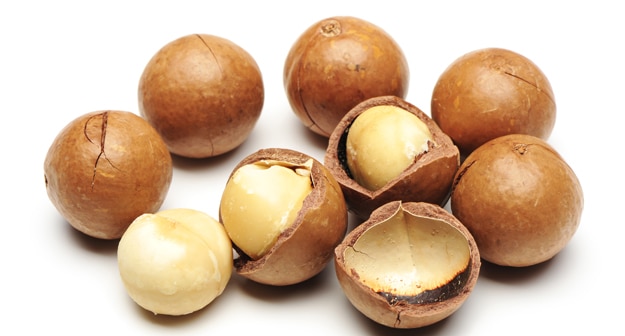 Macadamia nuts: Macadamia is a kind of nut that is indigenous to the Australian region – native to eastern Australia, it is eaten raw or included in a variety of dishes. From breads to lamb roasts and cakes, this versatile nut is added to most things and tastes best in Australian chocolates and deserts
Macadamia nuts: Macadamia is a kind of nut that is indigenous to the Australian region – native to eastern Australia, it is eaten raw or included in a variety of dishes. From breads to lamb roasts and cakes, this versatile nut is added to most things and tastes best in Australian chocolates and deserts
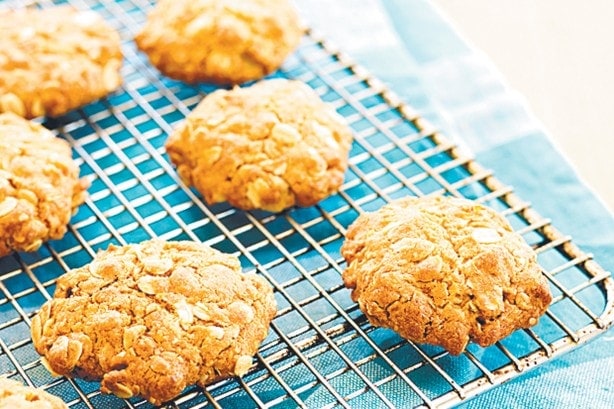 ANZAC biscuits: Associated with Anzac Day on April 25, the biscuit is a commemoration of the members of the Australian and New Zealand Army Corps (ANZAC) who fought in World War I, the ANZAC biscuit is an Australian food with a rich history. Made by wives during the war and sent to soldiers, the basic ingredients (rolled oats, flour, sugar, desiccated coconut, golden syrup, butter, bicarbonate of soda and water) were able to be preserved for a long time, even on long boat journeys. Timtams are another local favourite – just basic chocolate biscuits sandwiched with chocolate cream and coated in creamy, shiny chocolate. Having been around since the 1960s, they’re a huge part of contemporary Australian culture.
ANZAC biscuits: Associated with Anzac Day on April 25, the biscuit is a commemoration of the members of the Australian and New Zealand Army Corps (ANZAC) who fought in World War I, the ANZAC biscuit is an Australian food with a rich history. Made by wives during the war and sent to soldiers, the basic ingredients (rolled oats, flour, sugar, desiccated coconut, golden syrup, butter, bicarbonate of soda and water) were able to be preserved for a long time, even on long boat journeys. Timtams are another local favourite – just basic chocolate biscuits sandwiched with chocolate cream and coated in creamy, shiny chocolate. Having been around since the 1960s, they’re a huge part of contemporary Australian culture.
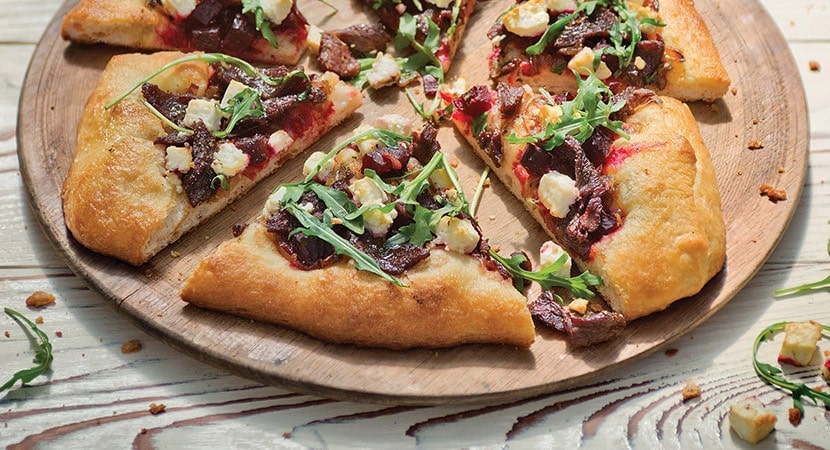 Kangaroo and other Meats: Before the arrival of the First Fleet of Europeans at Sydney in 1788, indigenous Australians survived off the unique native flora and fauna of the Australian bush, for between 40,000 and 60,000 years. Hunting of kangaroo, wallaby and emu was common. Which is why, you can sample some of the most exotic preparations of kangaroo, emu and even crocodile meats here. Today, it has made its way to gourmet cuisine and you can find these meats on everything from pizzas to meat pies.
Kangaroo and other Meats: Before the arrival of the First Fleet of Europeans at Sydney in 1788, indigenous Australians survived off the unique native flora and fauna of the Australian bush, for between 40,000 and 60,000 years. Hunting of kangaroo, wallaby and emu was common. Which is why, you can sample some of the most exotic preparations of kangaroo, emu and even crocodile meats here. Today, it has made its way to gourmet cuisine and you can find these meats on everything from pizzas to meat pies.
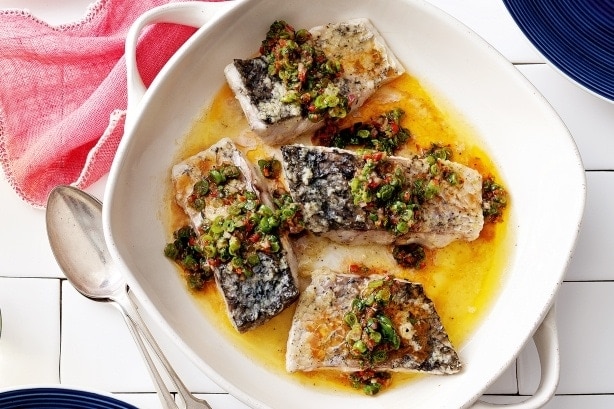 Baramundi & other seafood: Australia’s 11 million square kilometre fishing zone is the third largest in the world and allows for bountiful access to seafood which significantly influences Australian cuisine. Clean ocean environments around Australia produce high quality seafoods for domestic consumption and export. The balmain bug, barramundi and abalone are some of the special kinds of fishes that are enjoyed by Australians.
Baramundi & other seafood: Australia’s 11 million square kilometre fishing zone is the third largest in the world and allows for bountiful access to seafood which significantly influences Australian cuisine. Clean ocean environments around Australia produce high quality seafoods for domestic consumption and export. The balmain bug, barramundi and abalone are some of the special kinds of fishes that are enjoyed by Australians.
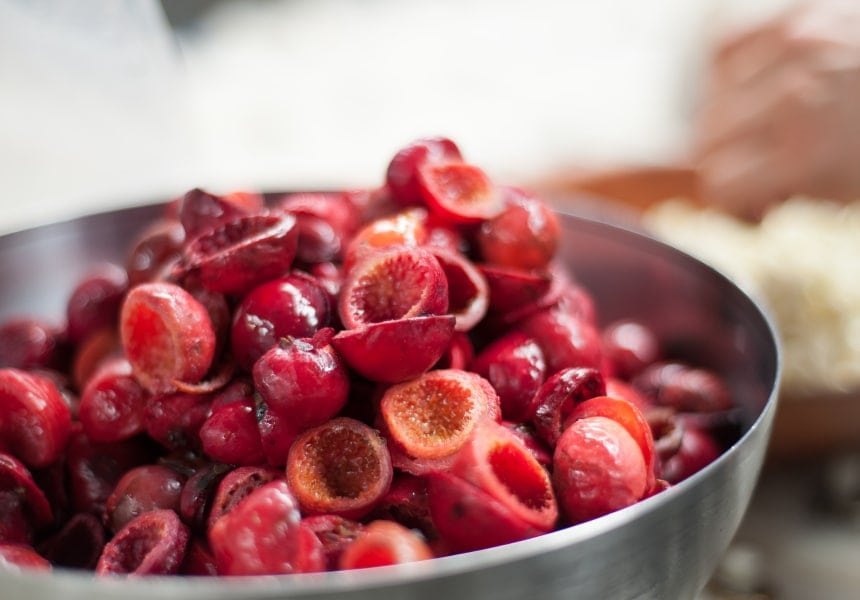 Quandong and other Fruits: There are many species of Australian native fruits, such as Quandong (native peach), Wattleseed, Muntries / Munthari berry, Illawarra plums, Riberry, Native Raspberries and Lilli pillies. These usually fall under the category of “bush tucker”, (bush foods), which are used more commonly in restaurants and used in commercial preserves and pickles. A must try for Indians is the bowen mangoes, also called Kensington Pride, and is sweet and spicy in flavour.
Quandong and other Fruits: There are many species of Australian native fruits, such as Quandong (native peach), Wattleseed, Muntries / Munthari berry, Illawarra plums, Riberry, Native Raspberries and Lilli pillies. These usually fall under the category of “bush tucker”, (bush foods), which are used more commonly in restaurants and used in commercial preserves and pickles. A must try for Indians is the bowen mangoes, also called Kensington Pride, and is sweet and spicy in flavour.
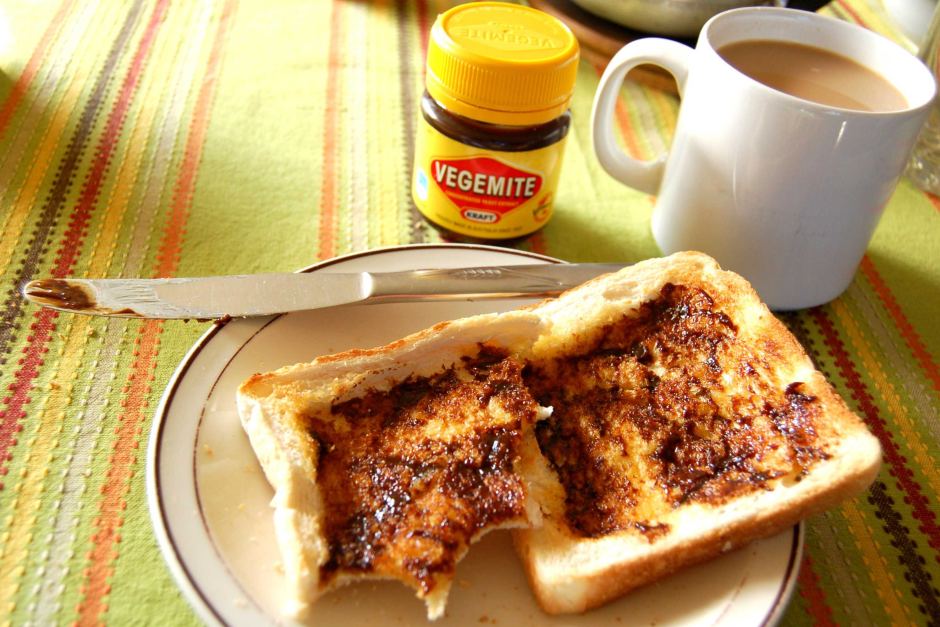 Vegemite: Vegemite is a dark brown paste made from various vegetables, yeast extract and spice additives. The most popular way to eat it is on bread or toast with butter. Australians also eat it with avocado, melted cheese or tomato. An acquired taste, it’s part of staple breakfast for Australians, although it has a pungent, salty flavour that usually doesn’t go down easy on most tourists.
Vegemite: Vegemite is a dark brown paste made from various vegetables, yeast extract and spice additives. The most popular way to eat it is on bread or toast with butter. Australians also eat it with avocado, melted cheese or tomato. An acquired taste, it’s part of staple breakfast for Australians, although it has a pungent, salty flavour that usually doesn’t go down easy on most tourists.
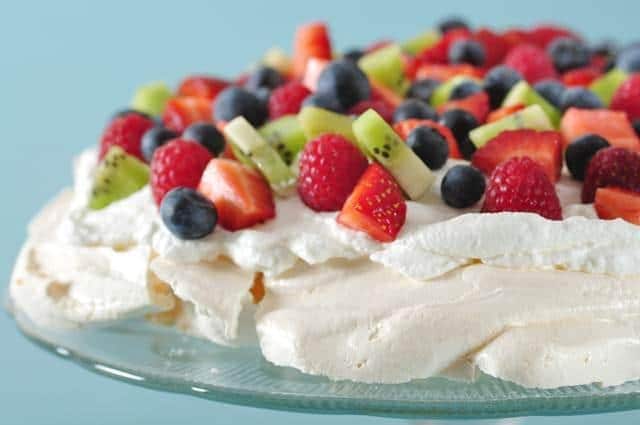 Pavlova: While the oldest known named recipe for Pavlova is from New Zealand, it’s often said in Australian history that the dessert took its name from Anna Pavlova at the Esplanade Hotel in Perth during a tour of the state where she danced “as light as air” in reference to the light meringue. However this is hotly debated as New Zealand claims ownership to this delightful desert too, arguing that Anna Pavlova was touring New Zealand when this happened.
Pavlova: While the oldest known named recipe for Pavlova is from New Zealand, it’s often said in Australian history that the dessert took its name from Anna Pavlova at the Esplanade Hotel in Perth during a tour of the state where she danced “as light as air” in reference to the light meringue. However this is hotly debated as New Zealand claims ownership to this delightful desert too, arguing that Anna Pavlova was touring New Zealand when this happened.
Yum! Yum! Yum! Best of all, all of these go really well with Beer (read: Beeaa!)
Also check out the Bragpacker Food Series covering South East Asia here!


